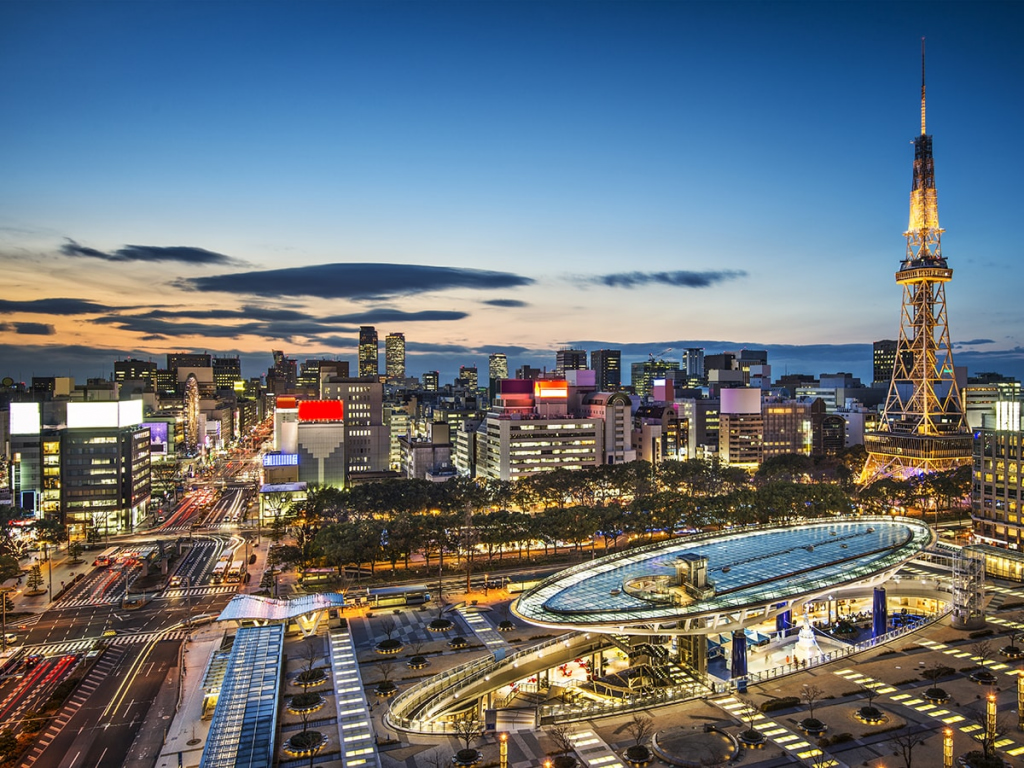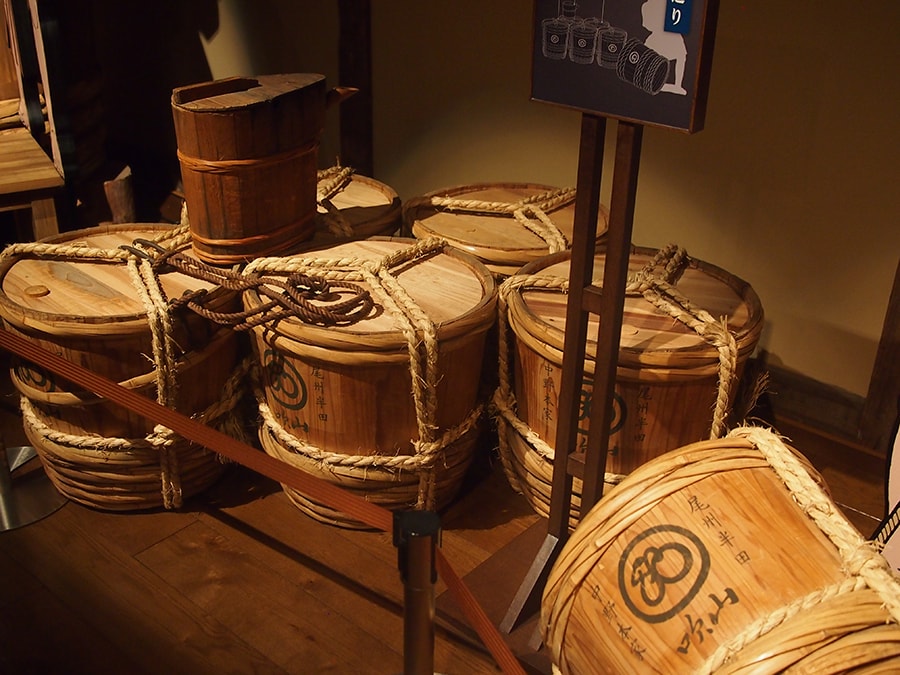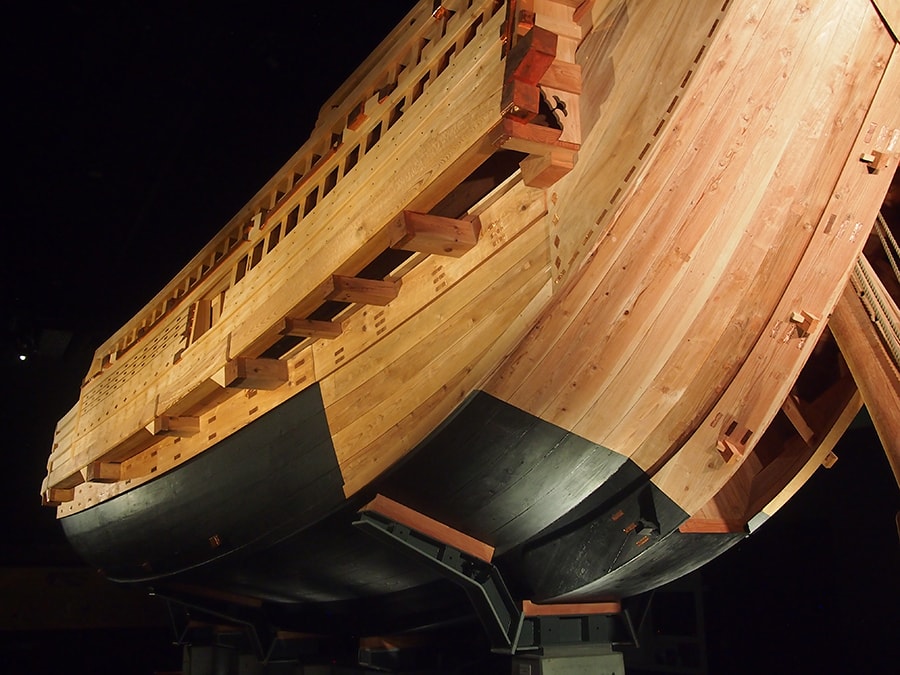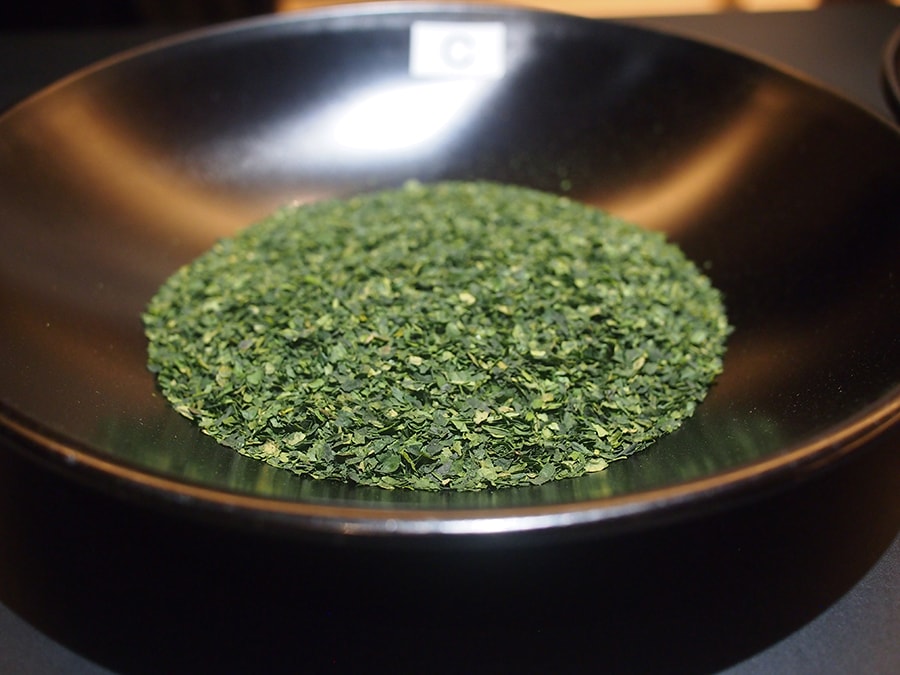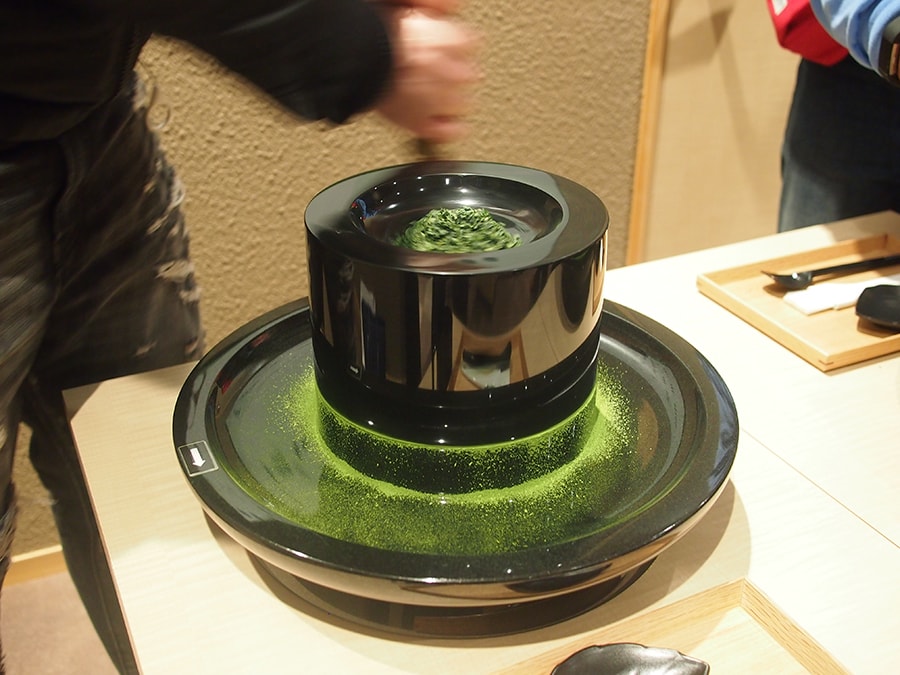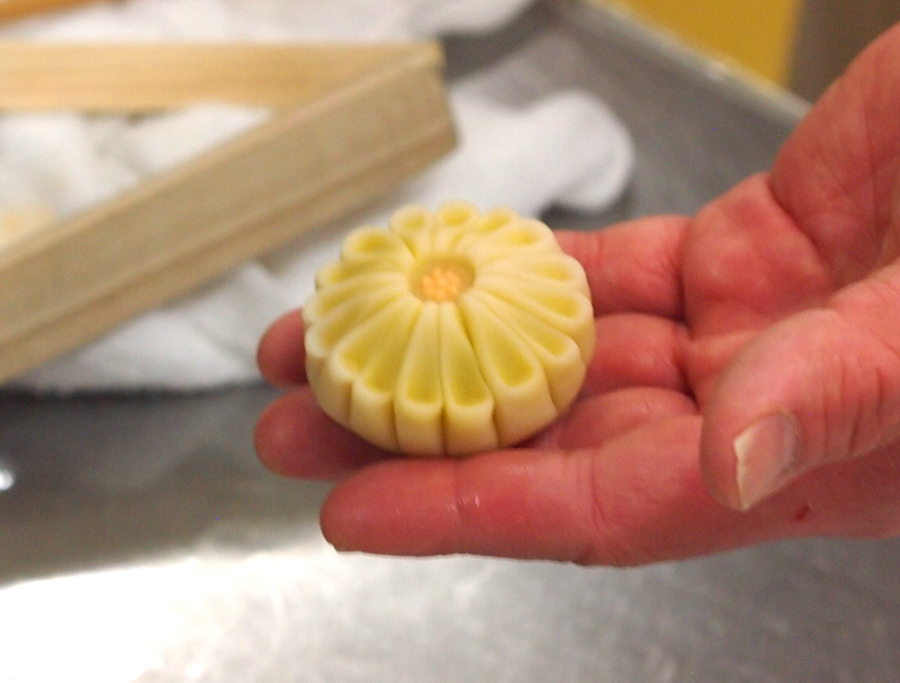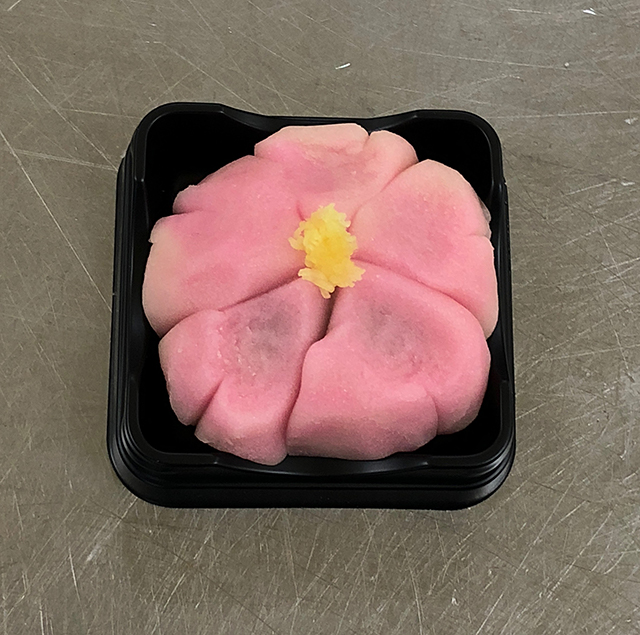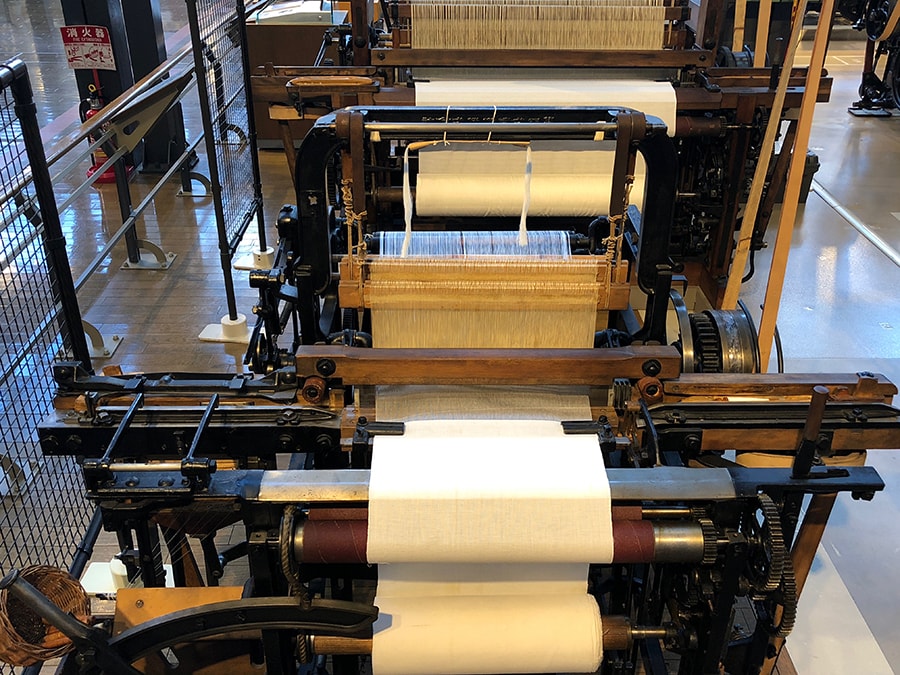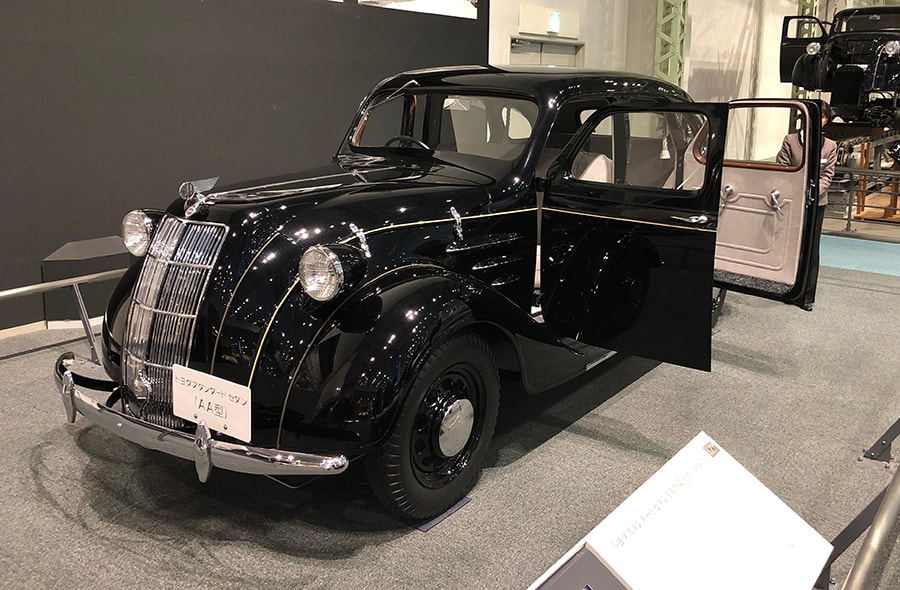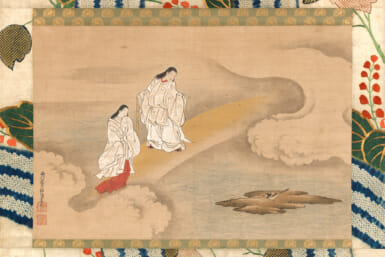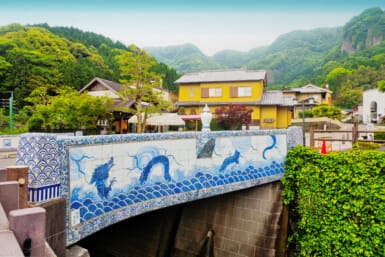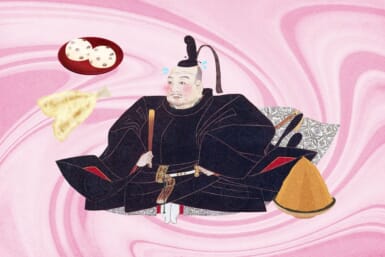Aichi Prefecture is known for being the home of Japan’s industrial powerhouse, Nagoya, but on a recent trip to the area – where we got to explore a number of the prefecture’s leading industries and travel down the Chita Peninsula – we saw that Aichi isn’t just a hub of technology, it’s a definite destination for food lovers, and a region with a fascinating cultural history all its own.
Day One
Heading south from Nagoya, our first destination was to the museum of a company with an unexpected relationship to one of Japan’s most representative dishes: sushi. The Mizkan Museum is located in Handa, down the Chita Peninsula from Nagoya. From this location, and back in the Edo period, the founders of the company made a few pioneering moves that would help shape sushi into what we know it to be today.
The Flavorful Origins of Sushi
The first breakthrough that Mizkan made was to make their vinegar from sake lees, a byproduct of the sake brewing process that was usually thrown away. The second breakthrough was to recognize a developing trend in Edo, as Tokyo was then known. Food vendors were just beginning to sell what was called Edomae sushi – fish placed atop vinegared rice. However, sushi back then was a far cry from the bite-sized morsels that we know it to be now: a piece of old-school Edomae sushi was three times as large as today’s sushi. A crucial element of this early kind of sushi was the vinegar that gave the rice its unique flavor. But in order to get Mizkan vinegar up to Edo, a third breakthrough was required. Mizkan developed a system by which large boats would make the journey from Handa all the way to Edo, carrying large casks of vinegar. Thanks to several bold moves from its earliest leaders, Mizkan ended up becoming one of the major suppliers of vinegar to early sushi purveyors, and their business boomed as a result.
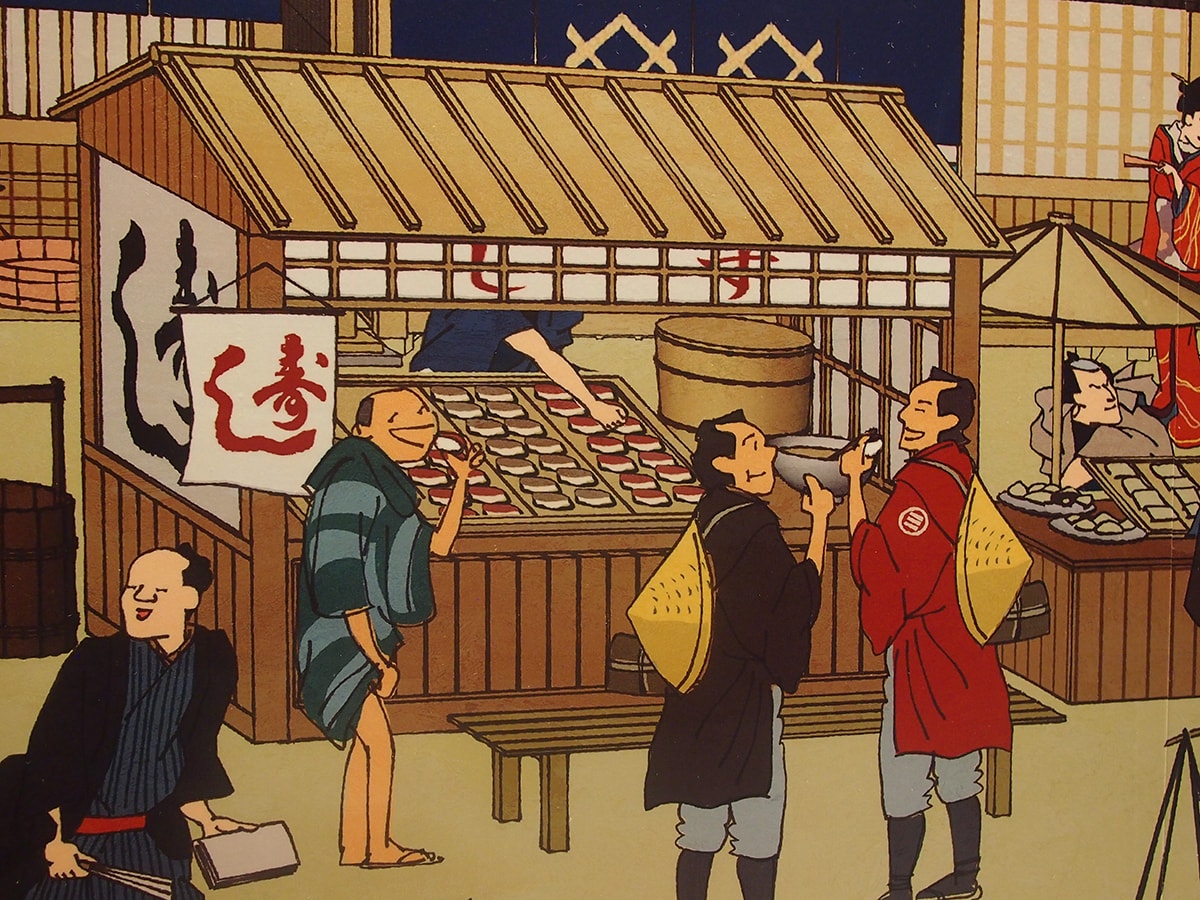
…to what was then called Edo, where it helped to add flavor to the ancestor of the sushi that we know and love today
At the Mizkan Museum, you can experience this history first hand: you can see the old tools that would have been used to make and transport vinegar centuries ago, and even take a look at replicas of the same kinds of ships that would make the journey from Handa to Edo. It’s a fascinating place to explore history and commerce through an ingredient that’s ubiquitous in Japan.
We lunched at Ittou, savoring a mouthwatering variety of local seafood and produce, and listening to an informative talk about Japanese fermented foods by the restaurant’s owner, Hayahisa Osada. Our next stop was a visit to the Hichifuku Brewing Corporation, which was as impressive for its dedication to cleanliness as it was for the quality of its products. The company produces a white soy sauce and a white dashi, or stock, that are renowned for their light flavor, and the products have even been used in restaurants and hotels overseas.
Going Green in Aichi
Our final tour of the day offered another surprise, thanks to the product that took center stage. When you think of matcha in Japan, the places that first come to mind are Kyoto’s Uji and the prefecture of Shizuoka. But, in fact, Aichi is Japan’s third largest producer of matcha, and the Aiya Matcha Museum Wakuwaku is an ideal location for learning about just what goes into a product that you can find at the finest tea houses or flavoring just about everything, from chocolate to Frappuccinos.
The museum doesn’t offer many tours daily – so you’d need to book your visit in advance – but what they lack in numbers, they more than make up in the complete experience that guests receive on a visit. We started out by getting to examine three different grades of matcha, from lower to higher quality. You can feel the leaves, smell them, examine them after they’ve had hot water poured over them, and finally give each type of leaf a taste. This is how master blenders select tea, so the experience is a first-hand opportunity to explore just how fine tea is produced.
After sampling the different grades of matcha, it was time to powder a blend of the leaves with a hand grinder. After choosing our own combination of leaves, we poured our blend into a hand grinding pestle, keeping the stone grinder turning at about one rotation per second – it was a bit harder to keep the even pace going than you’d expect.
After a few minutes of work, we had made enough powdered matcha to be able to brew our own cup of tea, and so we moved into a tea room where we whisked our tea into cups of steaming hot water and enjoyed our unique blend alongside an assortment of sweets.
After a full day of seeing how some of the region’s best known food products were made, we had worked up an appetite. Fortunately, the final stop of the day was a visit to the restaurant Genjikoh, where we feasted on a luxurious dinner featuring seafood fished off of the Chita Peninsula and local meat. Our hotel, the Hotel de Marronier Utsumi, featured an onsen with an open air bath that looked out onto Ise Bay – a perfect way to end the evening.
Day Two
First up the next morning was a stop at the wagashi factory Kameya Yoshihiro in Nagoya. They’ve been making traditional Japanese sweets for decades, and we had a chance for ourselves to see exactly how much craftsmanship goes in to making the delicate desserts. After watching a master wagashi maker with many years of experience create several flower-themed delicacies, we tried our hand at making one ourselves. It was tasty enough to eat, for sure, but our creation wasn’t going to be winning any beauty contests.
A hearty lunch at Midtown BBQ, featuring an A5 wagyu burger and BBQ smoked spare ribs was next, and after that, we were off to visit a traditional Japanese restaurant called Tsutamo. But rather than more food on the menu, we were in for an introduction to an engineering tradition that goes back centuries, and which continues to inspire modern manufacturing and robotics in Japan today.
Karakuri Ningyo and a Japanese Industrial Giant
Karakuri ningyo are miniature robots that use a complicated arrangement of clockwork gears to perform a variety of feats – fitting arrows to bows and firing them, writing calligraphy, and even serving drinks. While simpler karakuri ningyo have been built for many centuries, they started to become more complex after Japanese inventors were exposed to clocks from the West, some 300 to 400 years ago. Maintaining and reconstructing the wooden clockwork masterpieces is an art unto itself, and our guide to this astonishing array of automatons was Tamaya Shobei, a ninth generation master of karakuri ningyo, whose work you can see in the video below.
By restoring old karakuri ningyo and keeping them running like new, Shobei is helping to open a window onto the ingenuity of the past, and providing a source of inspiration for future inventors – even today, some of the concepts behind the karakuri ningyo of old find their way into modern robotic devices at some of Japan’s most advanced companies.
The final stop on our Aichi tour was a spectacularly massive tribute to what may be perhaps Japan’s most well known industrial power: Toyota. At the Toyota Commemorative Museum of Industry and Technology, the entire history of the company’s innovations are presented, from their early work on advanced loom and weaving technology to their most advanced automobiles.
Our final experience at Toyota’s museum was listening to a performance by a violin-playing robot, and as we watched the automaton play its way through “Pomp and Circumstance” and “Pachelbel’s Canon” with a skill that would have amazed karakuri ningyo makers of old, it was easy to see how this mechanical violin player represented Nagoya and Aichi in a small way: technically and industrially adept, but with music and artistry in its heart that goes back centuries.

